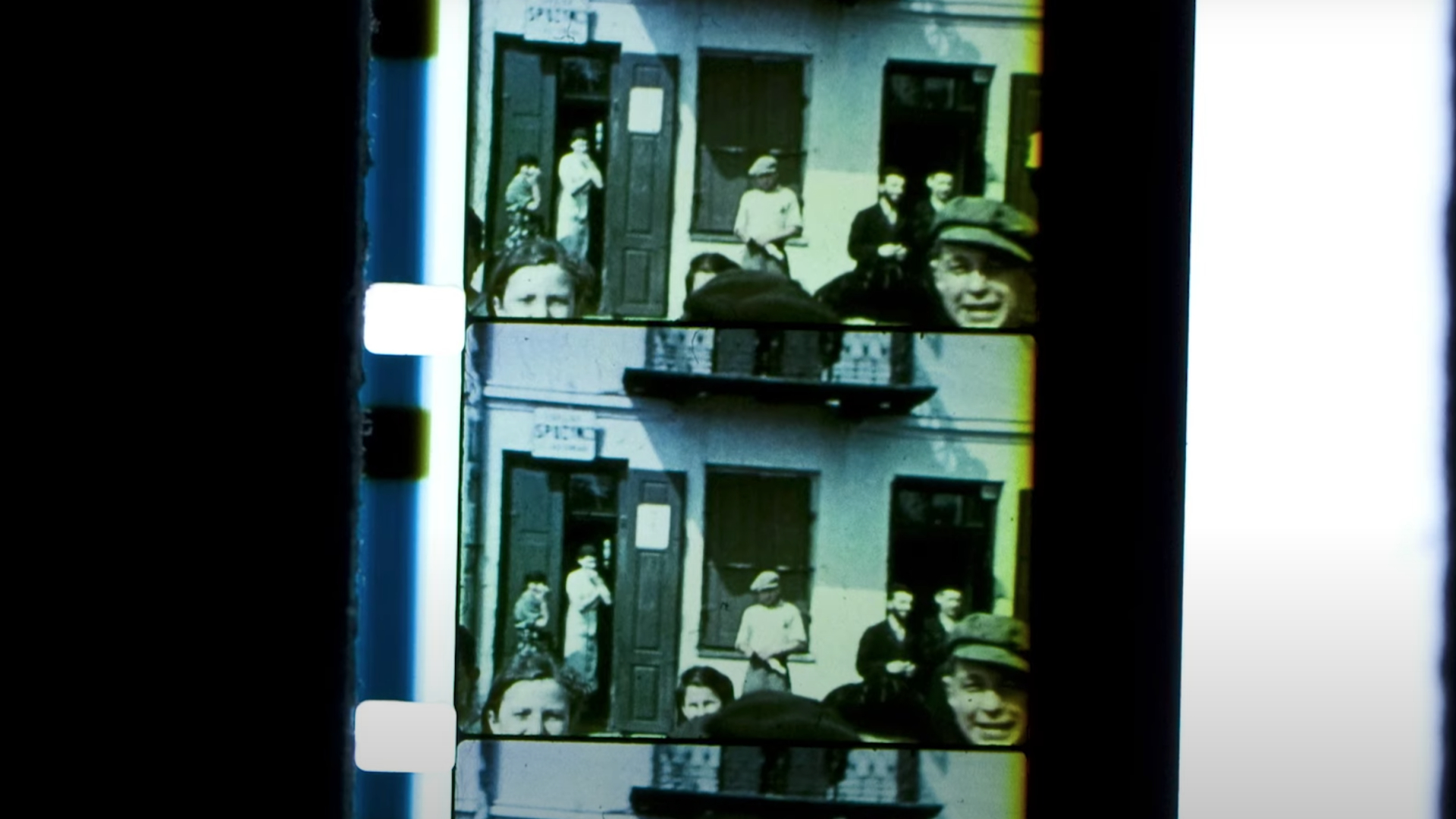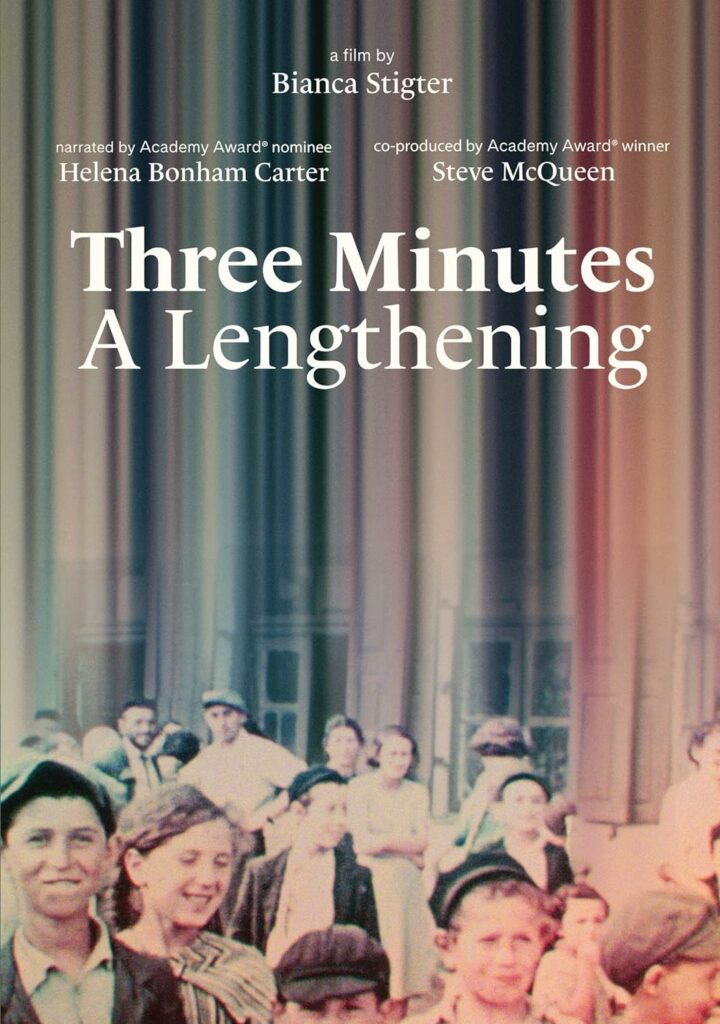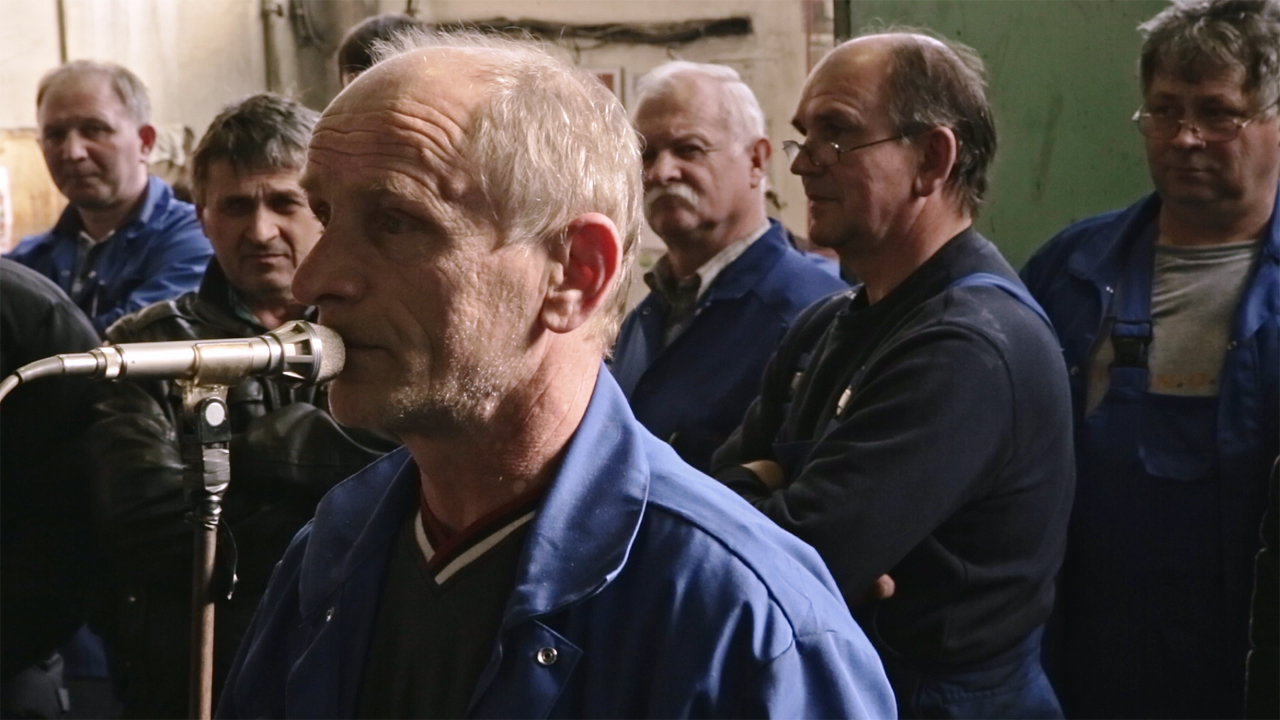
Glimpses of annihilated life
Bianca Stigter’s documentary Three Minutes: A Lengthening brings a pre-Holocaust recording of Jewish life back to life and – more importantly – back into memory.
When David Kurtz filmed the Jewish residents of the Polish town Nasielsk in 1938, he did not know that one day his footage would be the only trace of their existence. Almost 75 years later, his grandson Glenn Kurtz recovered the reels and restored them. Just in time, as the celluloid film was almost beyond repair. In the documentary Three Minutes: A Lengthening, director Bianca Stigter follows Kurtz’s dedicated attempt to identify the individuals seen in the film.
Kids fooling around, smiling young women, skeptical old men. The presence of Kurtz’s camera triggered different reactions in the 7,000-inhabitant town, of which almost half were Jewish. By 1945, fewer than 100 of them had survived the Holocaust. Only seven were still alive in 2012, and two of them are featured in the 1938 footage.
more than just found footage
To discover this information, Kurtz conducts a broad and in-depth analysis of his grandfather’s material. He considers cultural, chemical, religious, geographical, biological, historical, linguistic, and fashion-related aspects of the about 150 featured people (and their environments) to identify their faces.
After extensive research, he finds one survivor who recognizes himself and others in the video. This contemporary witness takes the viewer back to those flashes of careless life before humiliation, deportation, and genocide. This also indirectly prompts the question of how accounting for the past will work when all witnesses have died.
In her first film, Stigter makes the bold choice to only show those faces that really matter in that context – the ones of the Jewish people of Nasielsk. Neither narrators (including Helena Bonham Carter) nor interviewees are shown on screen so that the viewer is not distracted from the partly black-and-white, partly in-color shots. The director’s aim is to show that these humans really have existed. And that they – at least now – deserve undivided attention and remembrance.
Conclusion
The film has a journalistic approach and effectively documents the historic reconstruction of those moments of life. Stigter is determined in what she wants the viewers to see or hear and what is to be excluded. The Nazis, for example, are given as little power and agency as possible, only referring to them as face- and nameless “they” or “them” in the voiceover.
The Jewish world of Nasielsk did not gradually fade away over time as the recordings did. Instead, it was radically wiped out by violence. This film brings back to life this lively town and its inhabitants. If only for the 69 minutes the film lasts.

Three Minutes: A Lengthening
Director: Bianca Stigter
69 minutes
English, Polish, German, Yiddish
This article was written during the MIOB LAB of Cultural, Creative and Festival Journalism at the European Film Forum Scanorama



